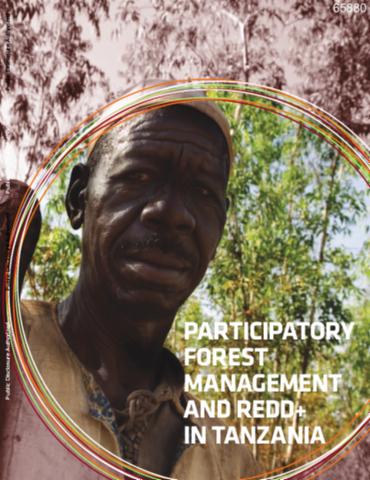La Amazonia brasileña desde 1960 hasta hoy, ¿una señal de desarrollo sostenible
El tejido económico y la sociedad de la Amazonía brasileña sufrieron grandes cambios desde la década de los años sesenta. El impacto importante de ese proceso sobre el medio ambiente obliga a hacer una revisión del sentido común en el que se basó la elaboración de los planes de desarrollo en el pasado. En este artículo se presentan una gran cantidad de pruebas que tienen en común el mensaje con el fin de examinar la diversidad socioeconómica y ambiental de los municipios de la región.






